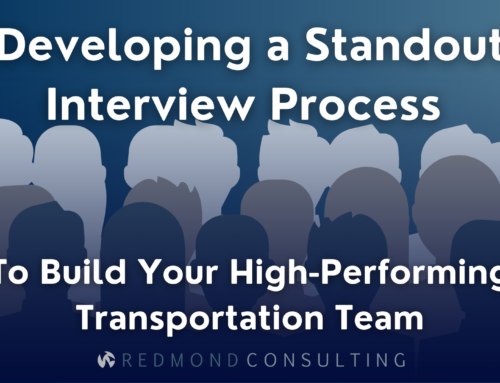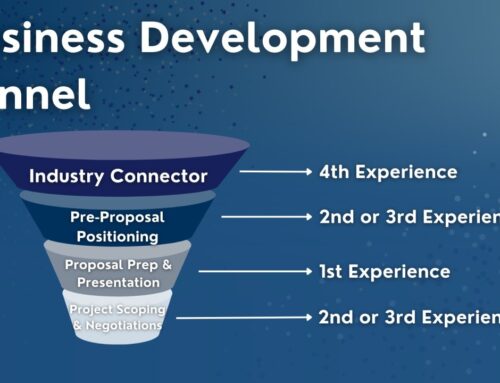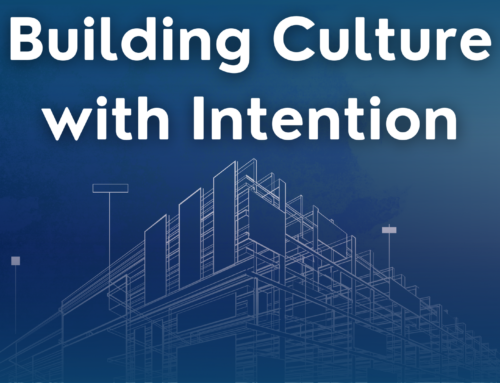If we are to believe certain politicians, roads, once built, are “free.” The truth is that as we add capacity (miles of road), we are also augmenting the financial burden of the public which pays for that road. I have heard it quoted that the build out of a road is only 25% of its total cost.
Take a look at the following video, which illustrates the time-lapsed life cycle of a roadway. When a decision is made to build a new road, it is a long-term commitment to an ever-expanding future budget for repair, renewal and rebuilding. As our network of roads expands (and ages), where is the needed money going to come from?





I agree with everything you state. Once constructed, the lifetime costs of a road are definitely not free and do come from taxpayers. But considering that you are a President of an engineering consulting firm, I would expect that you would have offered some solutions. What are we to take from this? Don’t build anymore new roads? Call Governors liars? Am I missing the rest of the article?
Hi Matt: Thanks for visiting the blog. I am not sure from where you write, but there are some acceptance issues with the facts, as illustrated above, here in the U.S. There are serious political will issues standing in the way of brownfield P3 development in the roadway sector — mostly because taxpayers feel that they should not have to pay a toll for something they “have already paid for” (i.e. the road when it was built). We’re not trying to solve the problems, just illustrate the facts. Given we are not engineers, we are looking forward to others’ input on solutions. If you have a solution, please share it! Best – Josie Summa
Josie, I am actually a believer in toll facilities and toll roads. That places the brunt of the upkeep and reconstruction costs on the primary users of the facility. It also allows states to collect money from out of staters using the facility and from individuals who do not pay taxes (for whatever reason). This way the taxpayer is not responsible for 100% of the costs. And given that I am an engineer, I only provide solutions when paid to do so. We can’t be giving out our knowledge and expertise for free. 🙂
>>I am actually a believer in toll facilities and toll roads. That places the brunt of the upkeep and reconstruction costs on the primary users of the facility<<
It does seem logical doesn't it? — You use it, you pay for it; You don't use it, you don't pay for it. Thanks for your input, Matt. ~ Josie
There are actually quite a few solutions to this. The key, of course, is considering the life-cycle costs, not just the costs to build. One useful way to address it is to match the length a toll concession with the useful life of the asset. In this way, the “buyer” has the incentive to use good materials up front and maintain the road since any major reconstruction later will lead to a future drop in traffic and a consequent loss of revenue. Fortunately, many states now have better procurement methods and many concessionaires (especially abroad) have experience with what were previously out-of-the-box solutions.
Hi Stephen: Thanks so much for your comment. When it comes to brownfield projects, isn’t the HOT lanes concept a way to side-step the political will issues I reference? For example, adding tolled capacity to an existing road is more palatable to the public than converting an existing non-tolled facility. (But let’s face it. all projects get skewered by public opinion to some degree, right?) ~ Josie
Josie:
Yes, you are certainly right. Brownfield, including HOV to HOT conversions and the like, are an effective mechanism and we’ll see how one nearby on I-95 Virginia does. It does entail more market risk, which may require an availability payment/capital subsidy structure to help mitigate it–the equity guys we work with are prepared to work that kind of deal but it requires a sophisticated DOT or other agency to manage their own and the public’s expectations.
Steve V.B.
Oh, wow — Just noticed the links are no longer valid. Sorry, folks! — They worked when we originally posted!